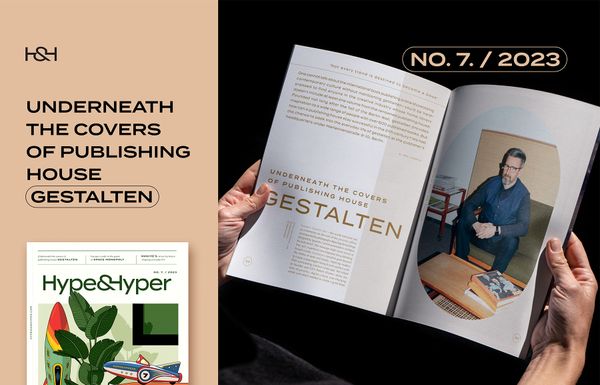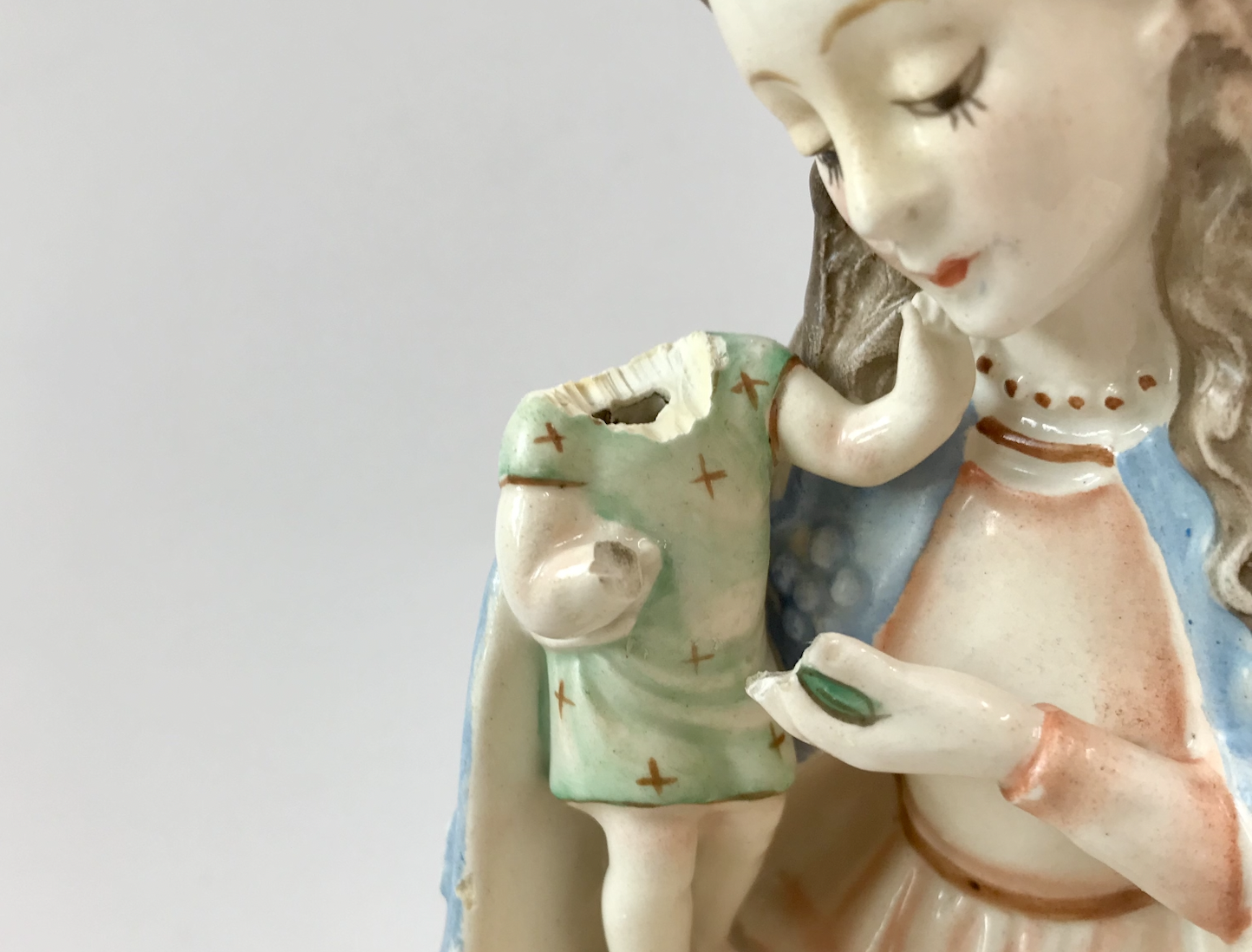She sees the value in a pile of broken china pieces and even turns them into a completely new object. Porcelain conservator Eszter Ferencz told us about the exciting process of reunification, the importance of preserving memories, and the mysteries of her unique profession.
You have a relatively rare and rather interesting profession. How did you first come across it and how does one become a porcelain conservator?
I encountered it entirely by chance. Even though I was an outstanding student, I didn’t want to go to high school, and my father had a working relationship with a restorer, and he asked my father if I wanted to be one. Then when I thought about it, I realized that it would be perfect for me, that’s what I wanted to do. I was in the fortunate position that in Szombathely, where I live, the secondary school of art at that time still offered a course in object restoration and painting restoration at the intermediate level. I graduated in object restoration—since then, unfortunately, it has been discontinued. If you really want to be a conservator, you have to do an assistant course. Then you can go to the Hungarian University of Fine Arts to specialize in applied arts conservation, or if you don’t want to do objects, you can specialize in fine arts conservation. There are also five other specializations within object restoration by material type, as each requires a completely different set of skills: silicate (that’s what I am dealing with, meaning glass and porcelain), textile, paper-leather, metal-smithing, and wood-furniture. Unfortunately, the financial situation of museums has drastically reduced the number of conservators, it is becoming a dying profession.
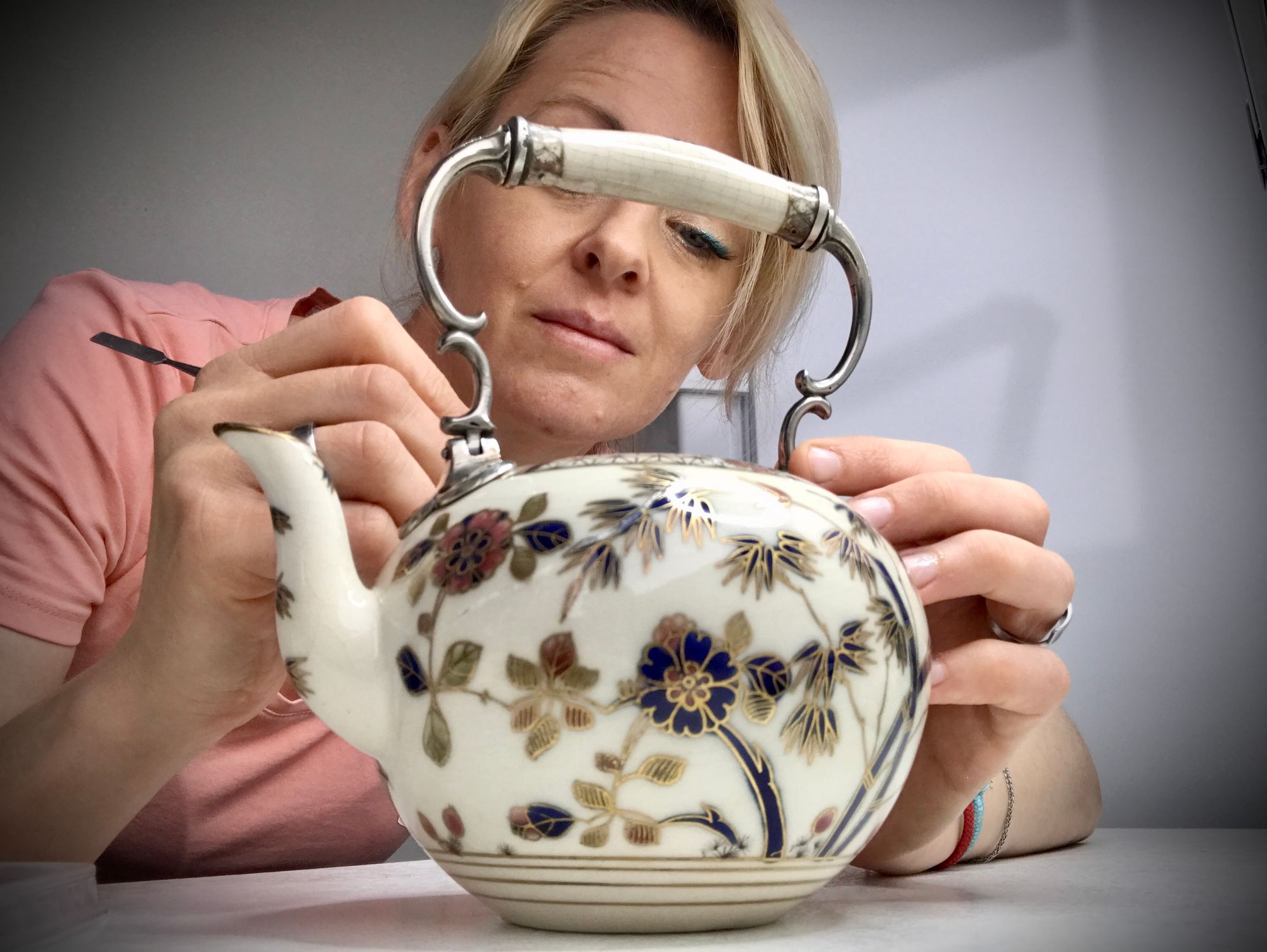
Do you only work for galleries, museums, and collectors, or do you also deal with requests to have someone’s favorite china set left by their grandmother repaired?
To be honest, I don’t work for galleries at all, it would be difficult to do it from Szombathely. In the countryside, you have to work a bit harder to have a job. I can’t complain: I’m already busy until November, only after that I can take new commissions. I really like it when completely ordinary people find me and I can help them with their memory preservation. I get a lot of grateful feedback, it always boosts me too. Of course, there is also the collector class who bring me serious and valuable items, investing a lot of time, effort, and money to save these objects.
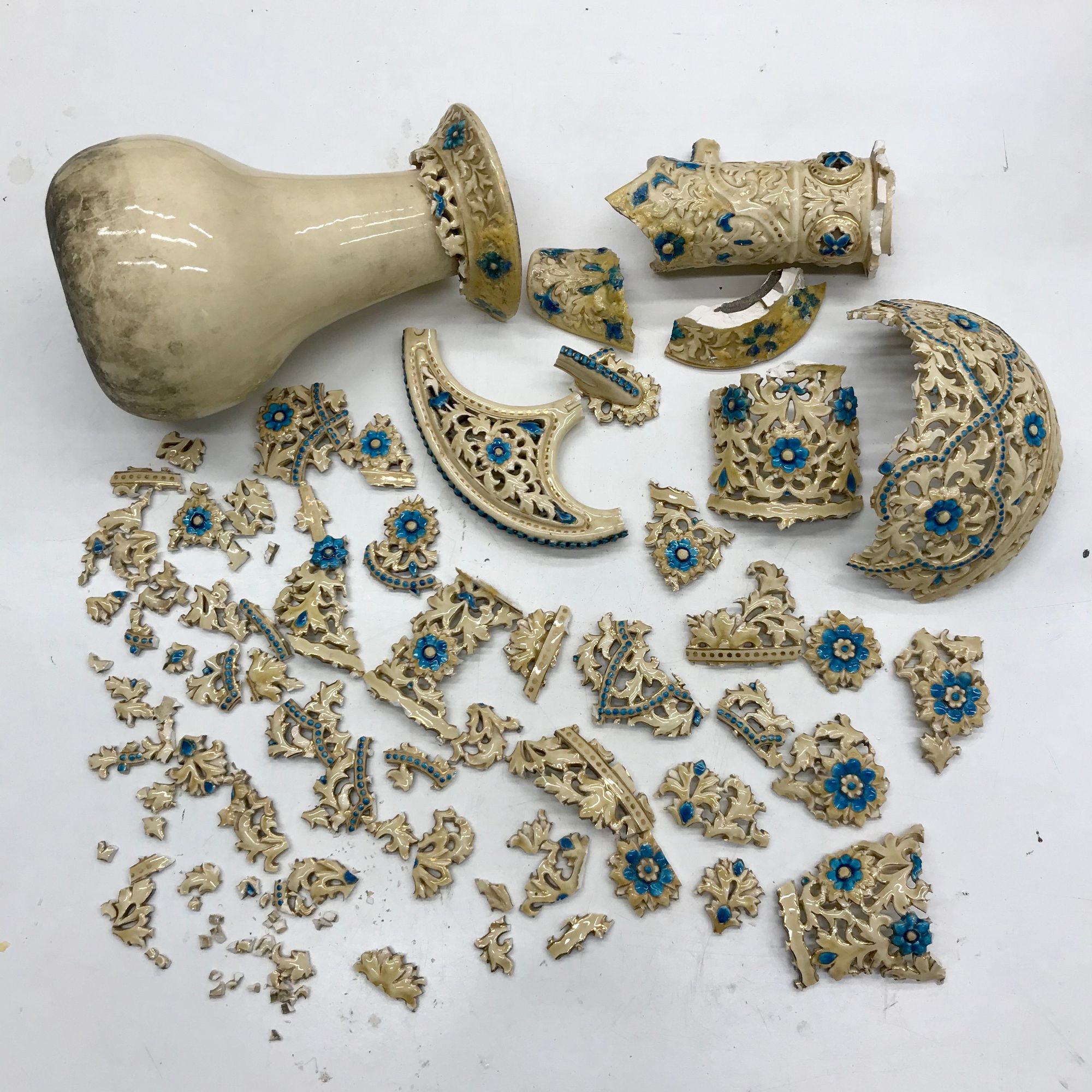
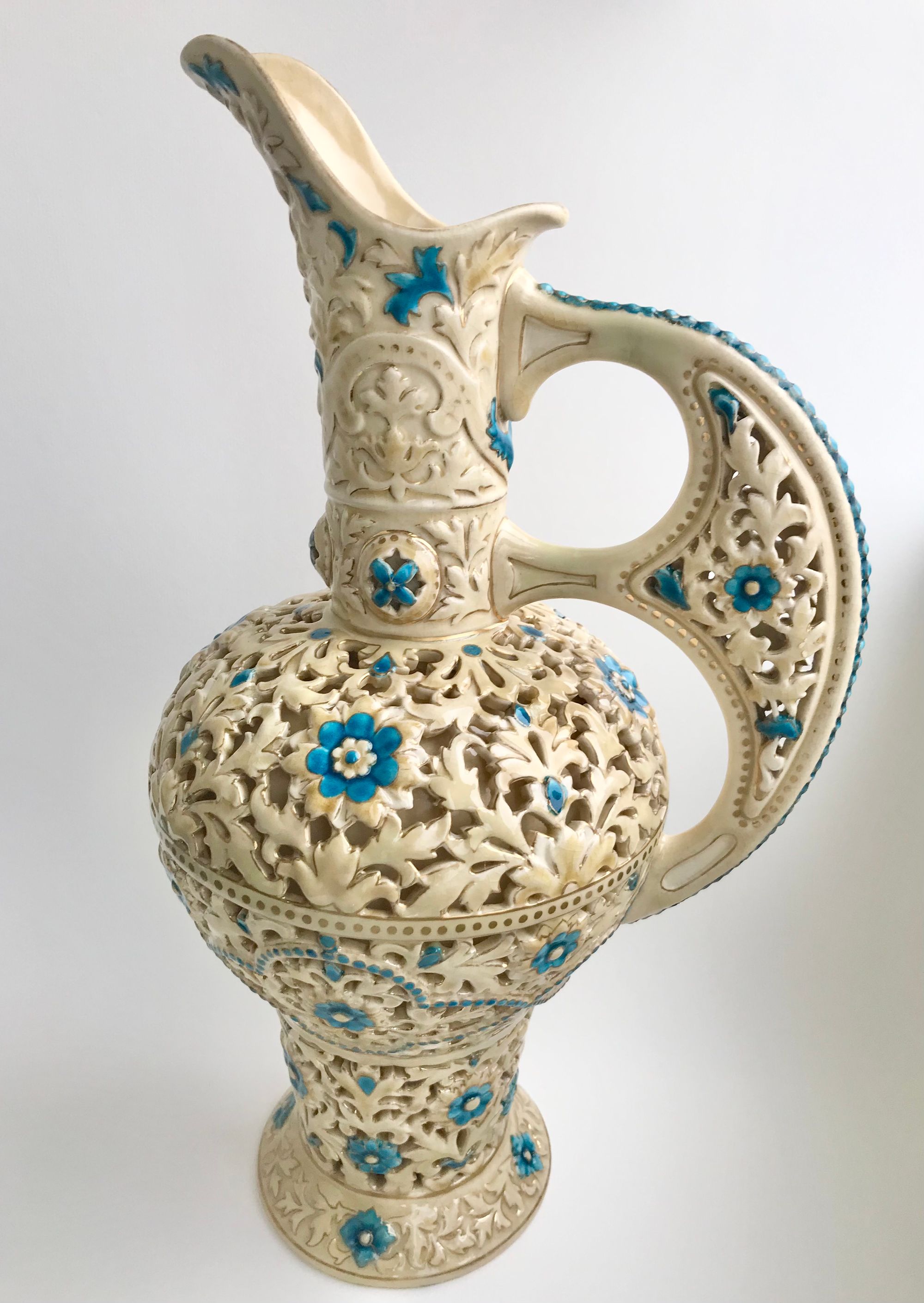
How is the restoration process going? Do you ever despair when you get a bag of rubble and wonder how it’s going to be whole again?
I absolutely do not despair of anything! As I have been working at the Savaria Museum for 27 years (now part-time, in addition to my own business), I have trained on archaeological finds and the restoration of Roman glass. I had glass urns that were extremely thin and had to be put together from 247 fragments. After all that, I don’t think I’d take any porcelain breakage to heart! I really love this part of the job, the archaeological stuff too, that’s why I’m still at the museum, my heart still goes out to it. I love a challenge: silicate conservation is a particularly difficult genre, and it’s not easy to do really well. My Instagram page has also come in handy for gaining international experience, sometimes foreign conservators find me here to see how I’ve made a piece of work look so beautiful. I always tell them it’s because I’ve been doing this for 27 years and I’ve had a lot of practice. By the way, silicate conservation is an interesting art form, because we do not add porcelain to it, but we have to reproduce the color and light effect originally achieved by firing the glaze with cold technologies (resin, glue, paint, varnish) because ceramics and porcelain cannot be fired again. Basically, we are creating a miniature painting on the object. It’s worth pointing out that I’m not repairing, I’m preserving value because if a piece of a porcelain plate is broken and I glue it back together, you cannot use it for eating anymore, just as you cannot eat from a painting. That’s why restoration is not always worth it: it is for relics and curiosities, but for dishes that are in use, it’s better to buy new.
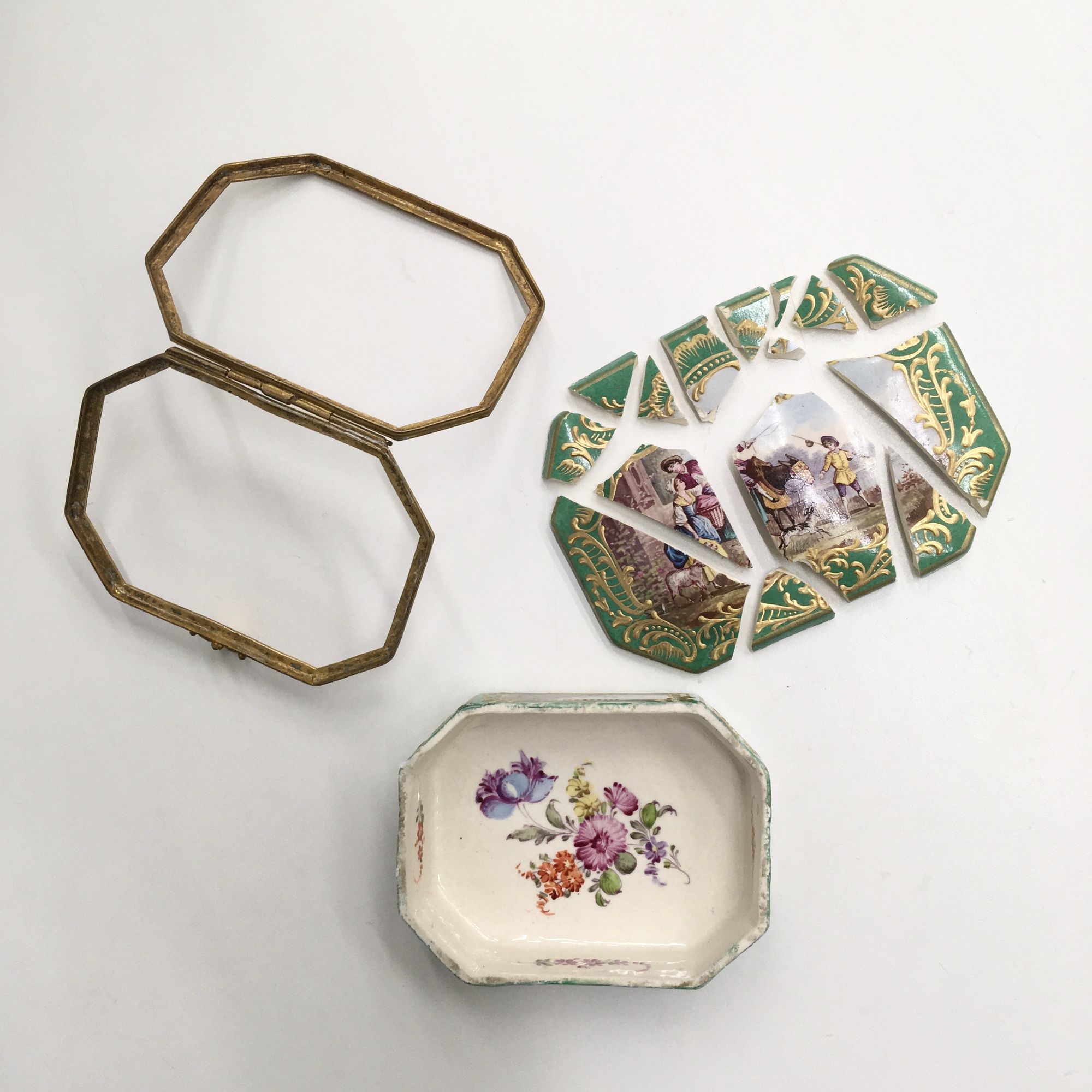

What was the oldest object you ever had to work with?
In the museum, I also worked with prehistoric ceramics, more than four thousand years old, from the Neolithic, Copper Age, or Bronze Age. Of course, most of them are only fragments, but there were times when I was able to put together a very nice whole pot. The permanent exhibition at the Savaria Museum starts in prehistory and goes through the Migration Period—I restored most of the ceramics in the collection during my 27 years here.
Do you have a favorite style or period in ceramics?
I really like Zsolnay ceramics because they are a challenge in terms of shape and painting, especially the more decorative pieces. I also like the small sculptures, such as the Drasche porcelains, which need little things to be corrected or completed. I make these using silicone negatives or freehand patterning, strictly based on a photo analog, it’s not a case of just adding something. I don’t even do work where I have to guess what to put on it. The ethical rule is that it is someone else’s work, I don’t make a pattern and I don’t paint anything else on it.
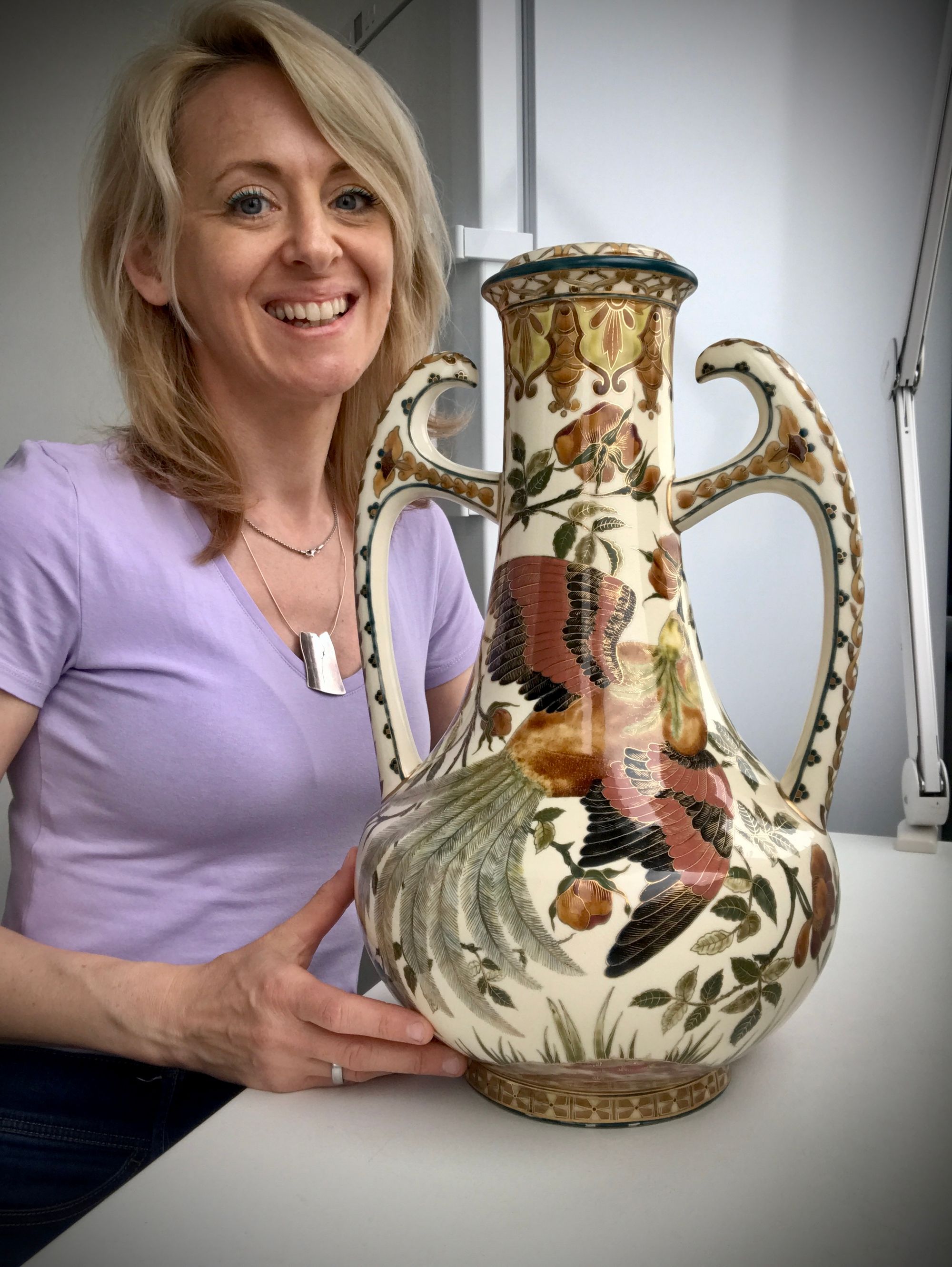
Yet you’re also known as a painter—when did you start working on canvas besides painting porcelain?
Actually, I’ve been drawing since I was little, it came before conservation, but for a long time I was afraid to take it up. The turning point came in 2014, when I decided to apply for a competition at the local art gallery, and luckily my painting was a great success. This gave me such a boost that I set myself the goal of putting together a solo exhibition by the time I was 40, and I managed to do it even sooner. I’ve had exhibitions not only in Hungary, but also in Italy, and one of my paintings is currently on show in Japan, but I’ll also be exhibiting in Serbia later this year. In the meantime, I have become a permanent artist at the Godot Institute of Contemporary Art, where my paintings are available for purchase.
You seem to create in two opposing styles: your porcelain is sculptural and fixed in form, while your paintings are more abstract.
Yes, this is no coincidence: conservation is a very bounded art, and after a while, it became stressful not to be able to bring out the creative energies within. So I became much more balanced after the change in 2014, it works very well to do both things at the same time.
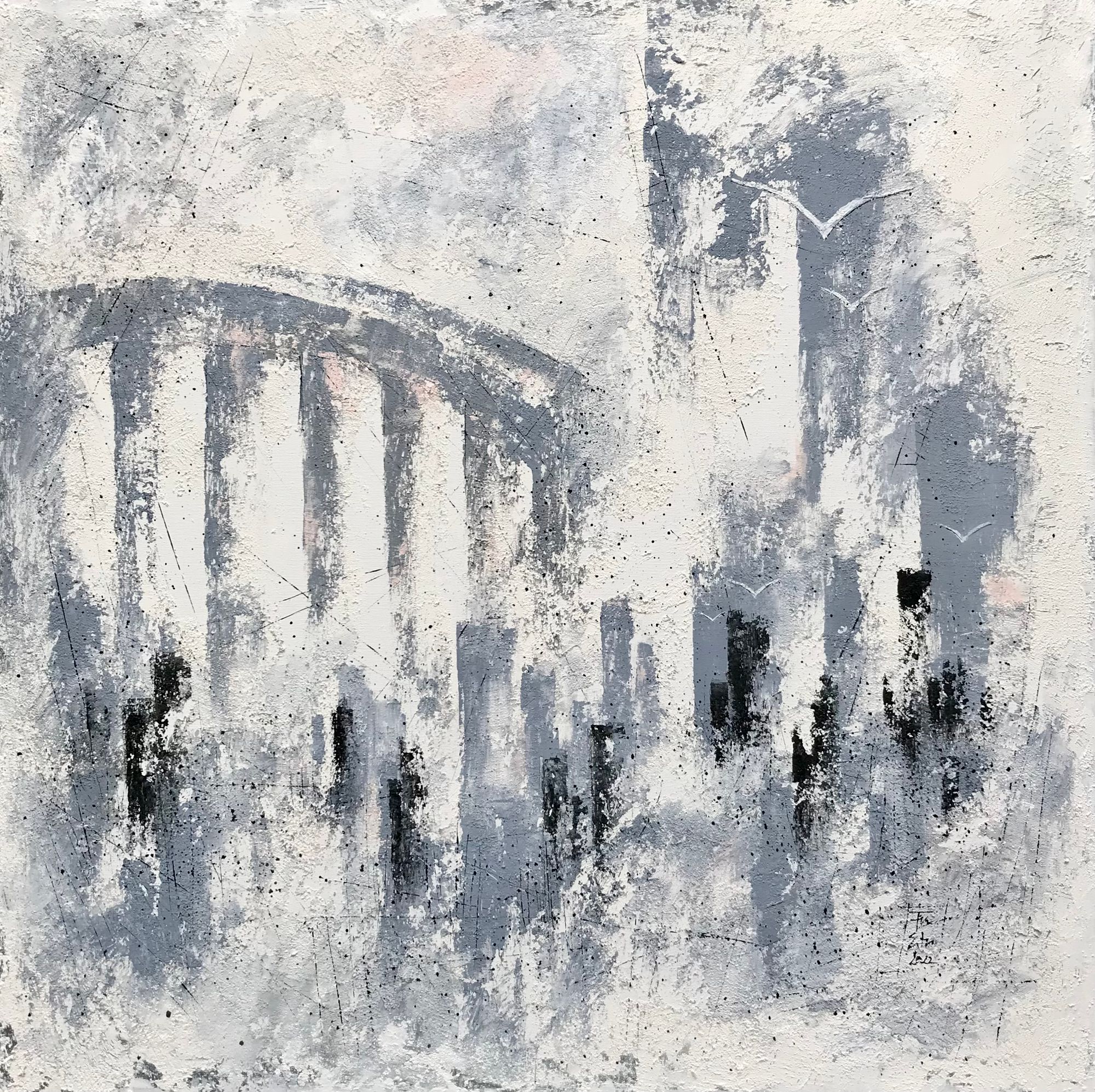
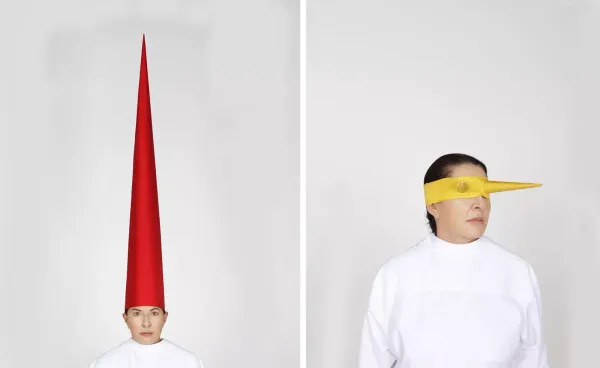
Marina Abramović presents new exhibition in Vienna
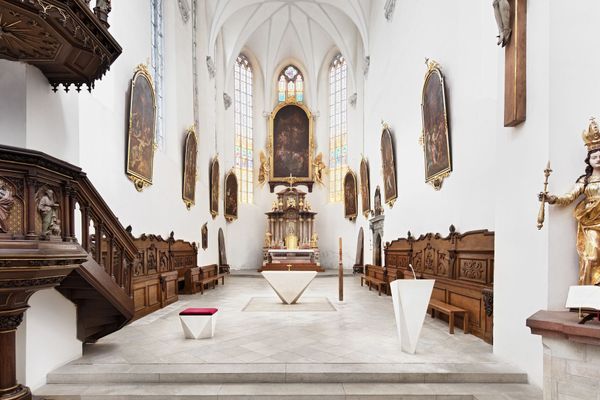
Czech cubism in the Gothic church? In the town of Litomyšl, it’s possible!
